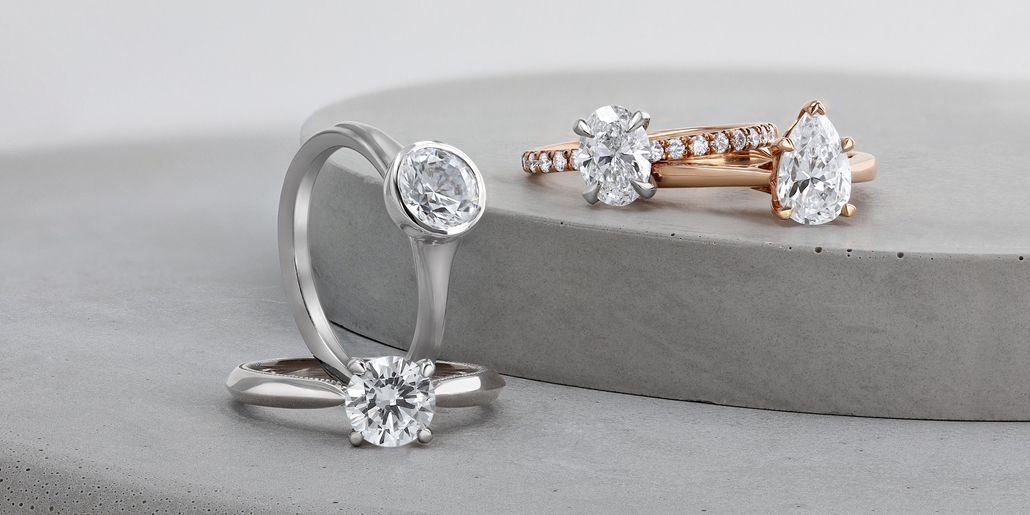A diamond with a story is all the more meaningful. Read on to learn how, once upon a time, your cut came to be.
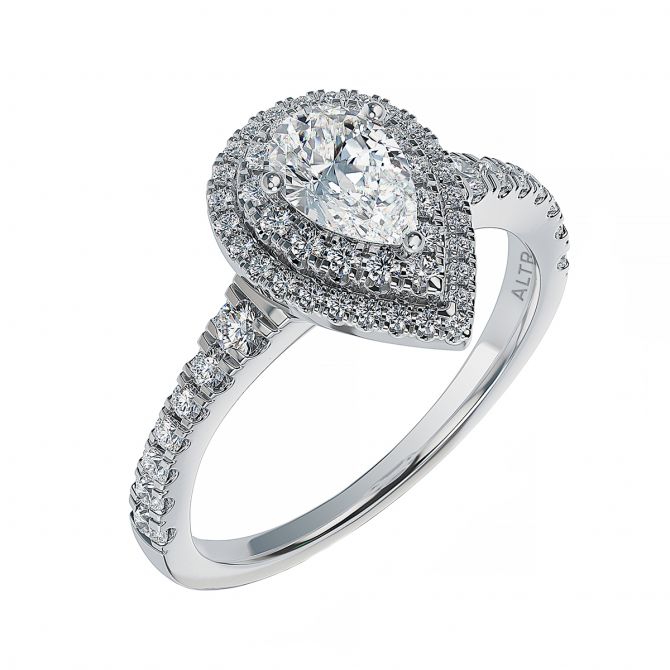
Pear Cut Diamond
The pear cut was invented in 1458 by Flemish diamond polisher Lodewyk van Bercken, who also contrived the scaif—a flat, circular polishing wheel used in the diamond cutting process to shape and facet them with precision. This innovation not only facilitated the creation of the pear cut but also laid the groundwork for every cut to come.
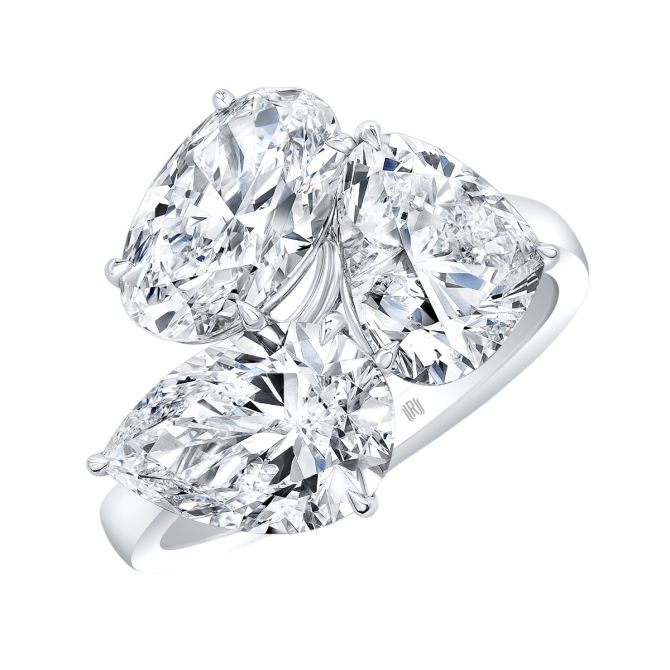
Heart Cut Diamond
The heart cut is one of the earliest diamond cuts to arise from Europe. In 1562, Mary, Queen of Scots, gifted a heart-shaped diamond ring to Queen Elizabeth I as a diplomatic gesture. Crafting this complex cut is a true labor of love—demanding exceptional skill to achieve its precise symmetry.
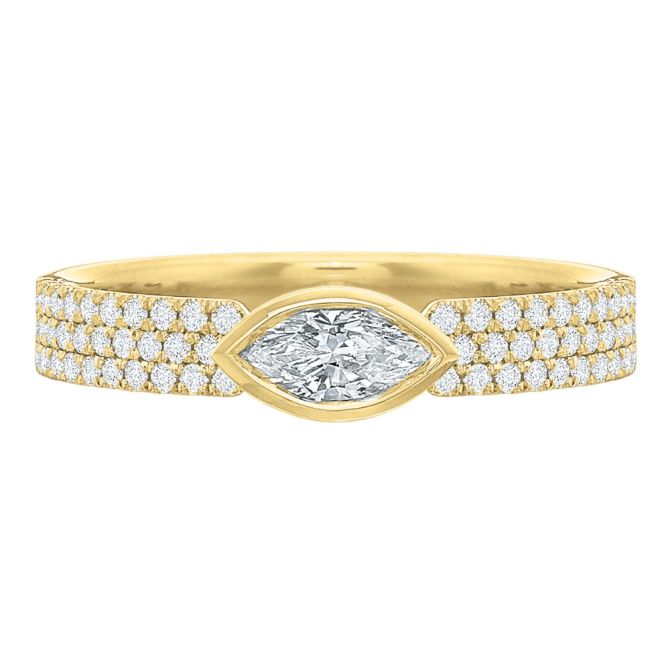
Marquise Cut Diamond
In the mid-18th century, King Louis XV of France sought to immortalize the beauty of his beloved mistress, the Marquise de Pompadour, in a diamond. He commissioned his court jeweler to design a cut that mirrored the shape of her lips. This vision came to life as the marquise cut we know and admire today.
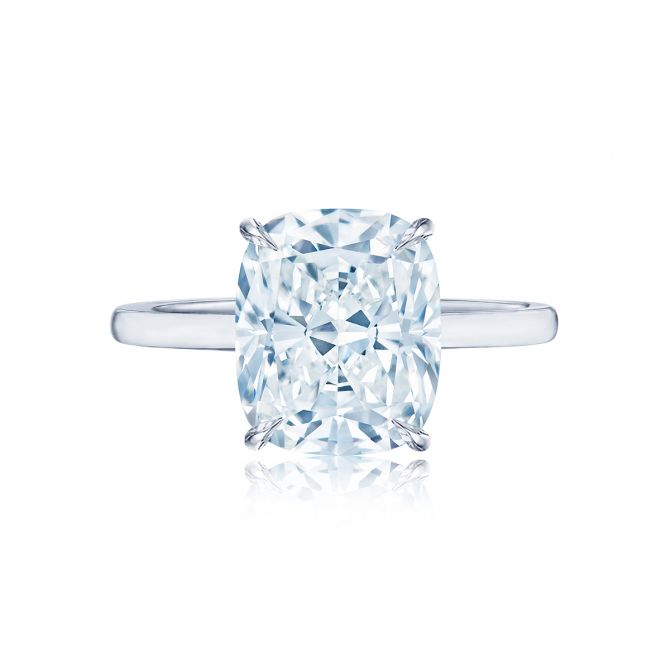
Cushion Cut Diamond
Initially referred to as the “old mine cut,” the cushion cut diamond is considered the great-grandfather of modern brilliant cuts. Following the discovery of a significant cache of diamonds in Brazil in 1847, the cushion cut swiftly became the preferred style in the market. In 2021, designer Kwiat refined the cushion cut further by introducing their own version to buyers. You can shop Kwiat’s engagement rings, including their signature cushion, online at Borsheims.com and in store today.
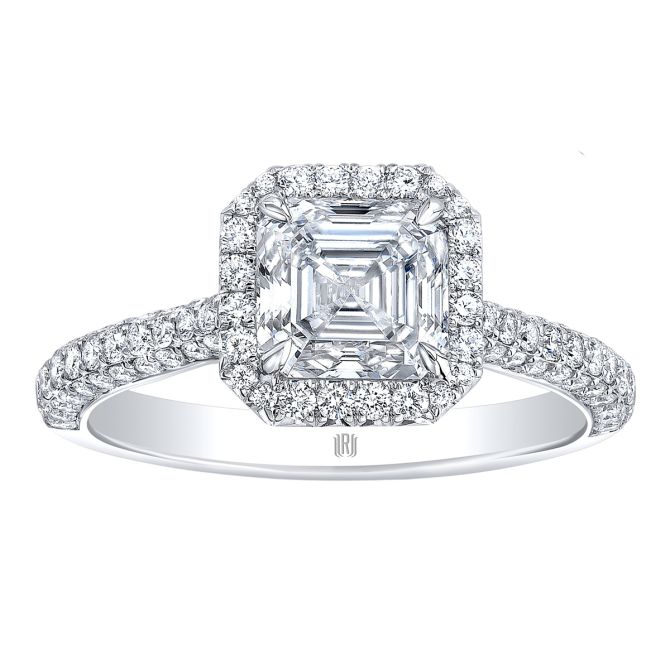
Asscher Cut Diamond
The Asscher cut was developed in 1902 by Joseph Asscher, a talented diamond cutter from Amsterdam. Joseph, along with his brother Abraham, helmed the reputable Royal Asscher Diamond Company. This cut draws inspiration from the earlier emerald cut yet distinguishes itself with a square shape and trimmed corners, lending it an octagonal appearance reminiscent of Middle Age artistry.
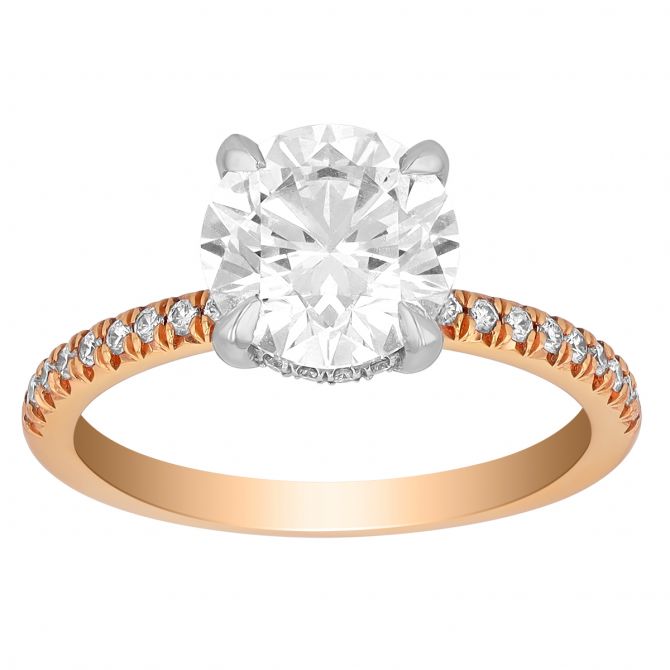
Round Brilliant Cut Diamond
In 1919, mathematician and gemologist Marcel Tolkowsky conceived the modern round brilliant cut. His groundbreaking work, titled “Diamond Design,” mathematically detailed the ideal angles and proportions to maximize a diamond’s fire and brilliance. Tolkowsky proposed a design with 58 facets and specific proportions that were unheard of at the time. To learn more about the specifics of this classic shape, read our key to the different diamond shapes.
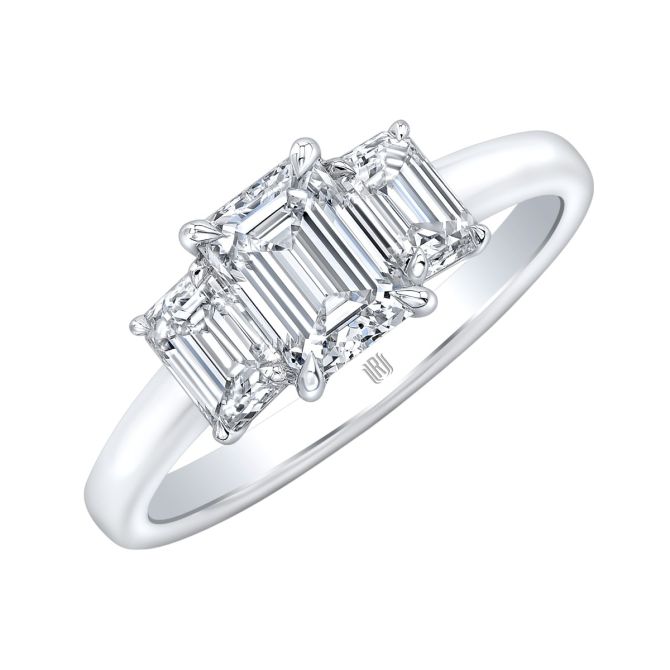
Emerald Cut Diamond
The emerald cut was first used in the 15th century for—you guessed it—emeralds to enhance their color while protecting them from chipping—a must for these delicate gems. Its effectiveness caught the attention of jewelers by the late 19th century, who then began applying this technique to diamonds, making it one of the earliest faceted diamond cuts. By the 1940s, the emerald cut had become a standard in the diamond industry.
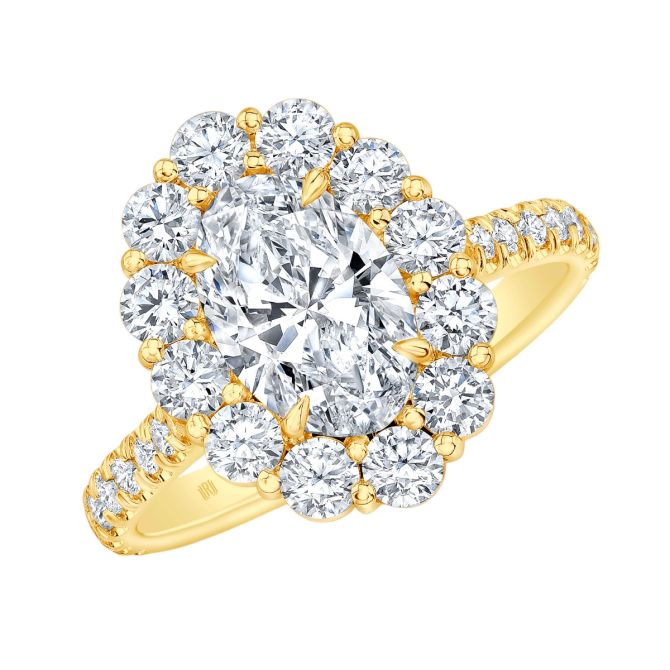
Oval Cut Diamond
The oval cut diamond is a relatively modern innovation, having been perfected in the 1960s by the skilled Israeli diamond cutter Lazare Kaplan. Kaplan, who was already renowned for his expertise in recutting flawed diamonds into spectacular gems, envisioned a design that combined the brilliance of the traditional round brilliant cut with an elegant and elongated silhouette. The result was the oval cut, which successfully maintained the coveted sparkle and fire of its round predecessor while offering additional length and the illusion of larger size.
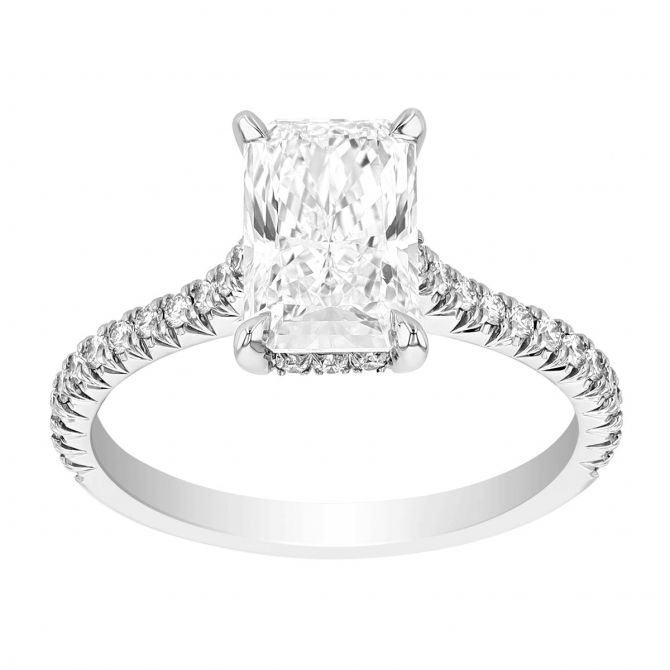
Radiant Cut Diamond
The radiant cut was conceptualized in 1977 by Henry Grossbard, a New York-based diamond cutter who aspired to combine the brilliance of the oh-so-popular modern round cut with the shape of the emerald cut. Grossbard spent over a decade refining his design, eventually settling on 66 facets for the crown, a depart from his initial idea of 70.
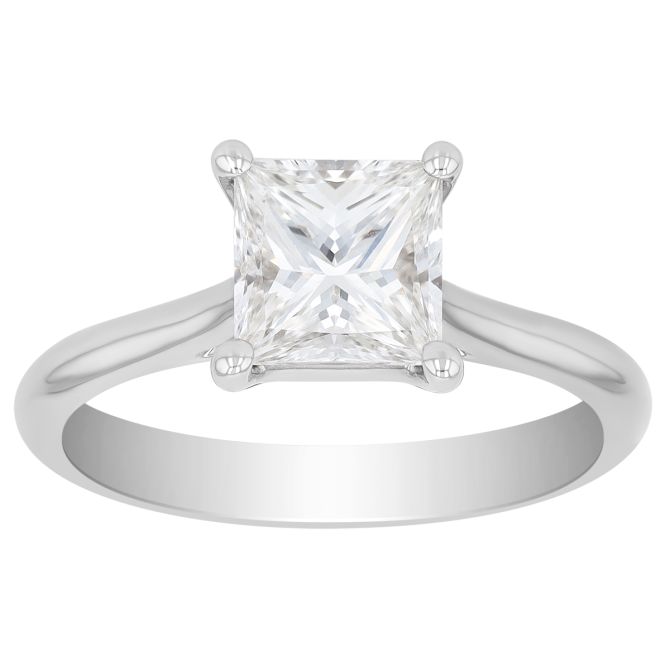
Princess Cut Diamond
The story of the princess cut begins in 1961 when Arpad Nagy, a diamond cutter located in London, introduced what he termed the “profile cut.” This early version of the princess cut was notable for its square shape and step-like facets. However, it wasn’t until the 1970s that it achieved its modern form, thanks to the efforts of diamond cutters Betzalel Ambar and Israel Itzkowitz. They refined Nagy’s initial concept and rebranded it as the “princess cut,” positioning it as the second most popular cut for couples today.
Design the ring of your dreams beginning with a diamond of your choice using our digital ring builder.
